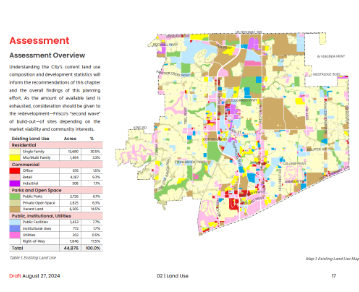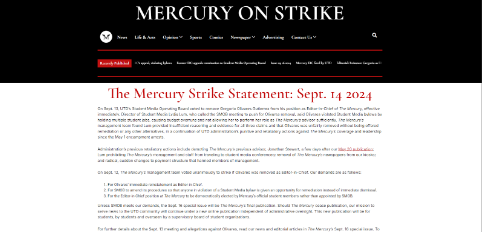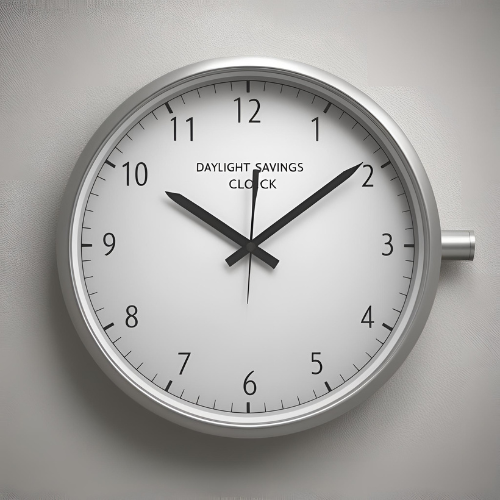Frisco, TX- Junior year is the most stressful year of high school for many. A big reason for this is the SAT or ACT, which will impact students’ college admissions and ultimately change their lives. College Board’s SAT format change in January of 2024 to digital (with different types of questions, an integrated calculator with Desmos, and four modules with the first two 32 minutes with 27 questions each and the math modules 35 minutes with 22 questions each) has a lasting impact on students. While some may prefer the digital SAT, I believe it is less effective than the paper SAT in testing students’ knowledge due to the different question format, shorter reading passages that require greater comprehension, and the possibility of technical difficulties.
For more context, the College Board made this decision motivated by the pandemic. As learning has become more digitized, the SAT has adapted to meet the needs of teachers and students. According to the official website, “[they]’re taking full advantage of what it means to deliver an assessment digitally. Going digital allows [them] to offer much more flexibility… when, where, and how often the SAT is given, particularly for states, districts, and schools offering the SAT to all their students as part of SAT School Day.”
One of the most impactful changes to the test is the format of the questions. Passages are shorter, making up only a paragraph for reading and writing questions. Math questions are also significantly shorter, resulting in less lengthy word problems. These shorter questions benefit students who struggled with time constraints on the paper test. One of these students is Morgan Bell, a junior taking the digital SAT (DSAT) this March who prefers the digital version for its shorter format and pacing.
“I definitely…feel I’m going a lot faster on the digital test,” she said. “ I like the feature that lets you cross out answer choices. I feel like I spend a lot of time bubbling in answers, so clicking saves a lot of time.”
However, the time limits are similar when accounting for the changes in the test and how the use of a calculator is allowed in both math modules. Each reading question was one minute and 25 seconds, each writing question was 48 seconds, each math question with no calculator was one minute and 25 seconds per question, and each math question with a calculator was one minute and 27 seconds. In the DSAT, the reading and writing module has one minute and 11 seconds per question, and the math module has one minute and 35 seconds per question. The main difference is students will feel like they are answering fewer questions for a similar time limit.
In addition, the test also uses adaptive learning that adapts the difficulty of questions in the second section according to questions correctly answered. If a student answers some hard questions incorrectly in the first reading and writing section, they get easy questions in the second module. This system impacts the number of points given for each question, with a harder-ranked question having a different number of points than an easy question. As a result, this can harm a student’s score drastically- even if they only get a few questions wrong. Junior Ranjana Ram elaborates on how she feels this is a disadvantage.
“It’s honestly a bad thing because there are certain types of questions that students are good at, and missing a certain type of question shouldn’t impact what types of questions you get in the future,” Ram said.
While reading passages may seem easy to answer questions in this new format, the short passages impact comprehension. With less context to understand the passage, students must employ higher comprehension skills and may feel challenged with passages like poems. Poems usually employ highly metaphorical and flowery language that can be hard to interpret without a sense of the background or knowledge of the scene. In the DSAT, each question has a new passage. Students can’t use their comprehension of previous related questions of one connected passage to answer the question.
The digital version makes the SAT accessible to all types of students. Some could argue that the DSAT is prone to technical difficulties such as internet issues and lack of enough charge. Students may create manual errors such as misclicking. Bell has previous experience with this type of issue when answering questions on digital tests.
“I feel more confident in what I’m doing when it comes to answering the questions. But, sometimes, when I’m doing digital tests, I might accidentally skip a question, and I don’t notice it until the end or when I finish the test,” Bell says. “That would be difficult since there is a time crunch, and you’re supposed to answer as many questions as you can.”
Overall, there are both disadvantages and advantages to taking the DSAT. As more students begin to take the DSAT, it will become clearer how the DSAT will affect students’ futures and ability to take the SAT. Regardless of how the DSAT performs, the paper SAT will be in the past for future students despite some students viewing it as ineffective.





















